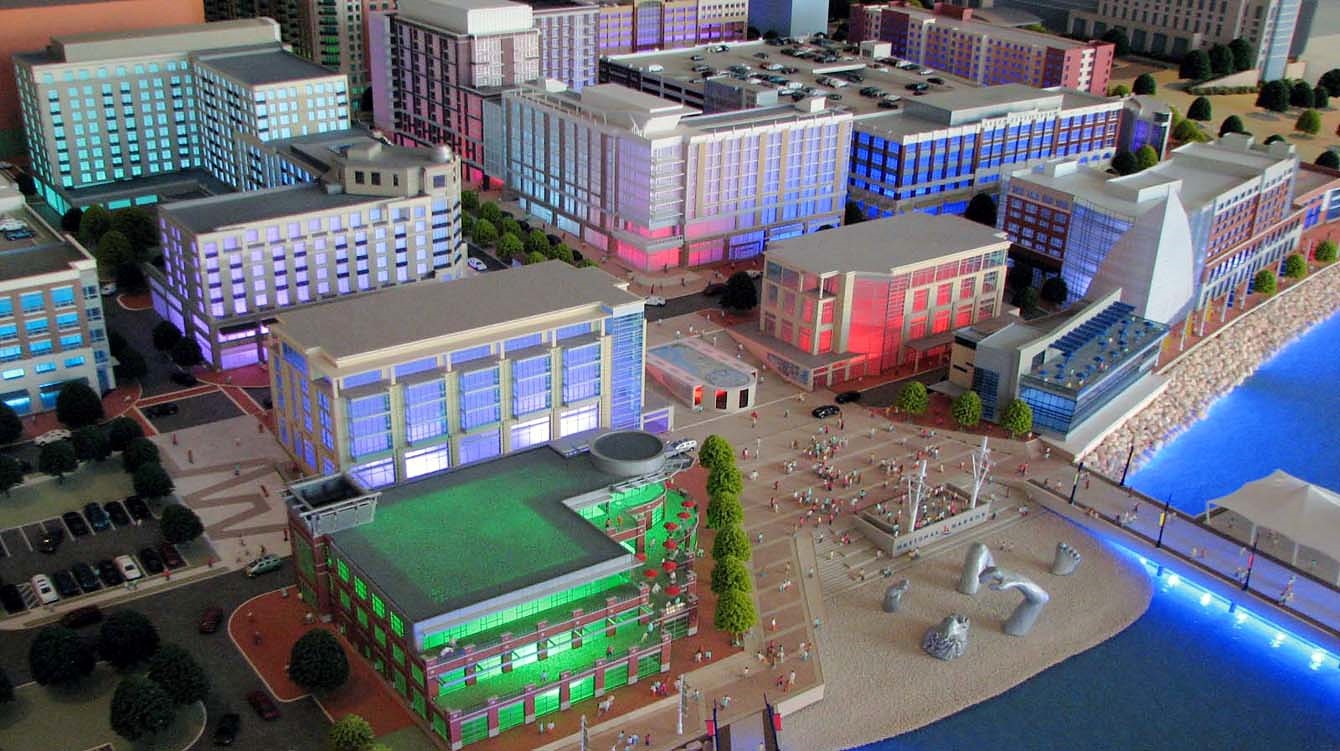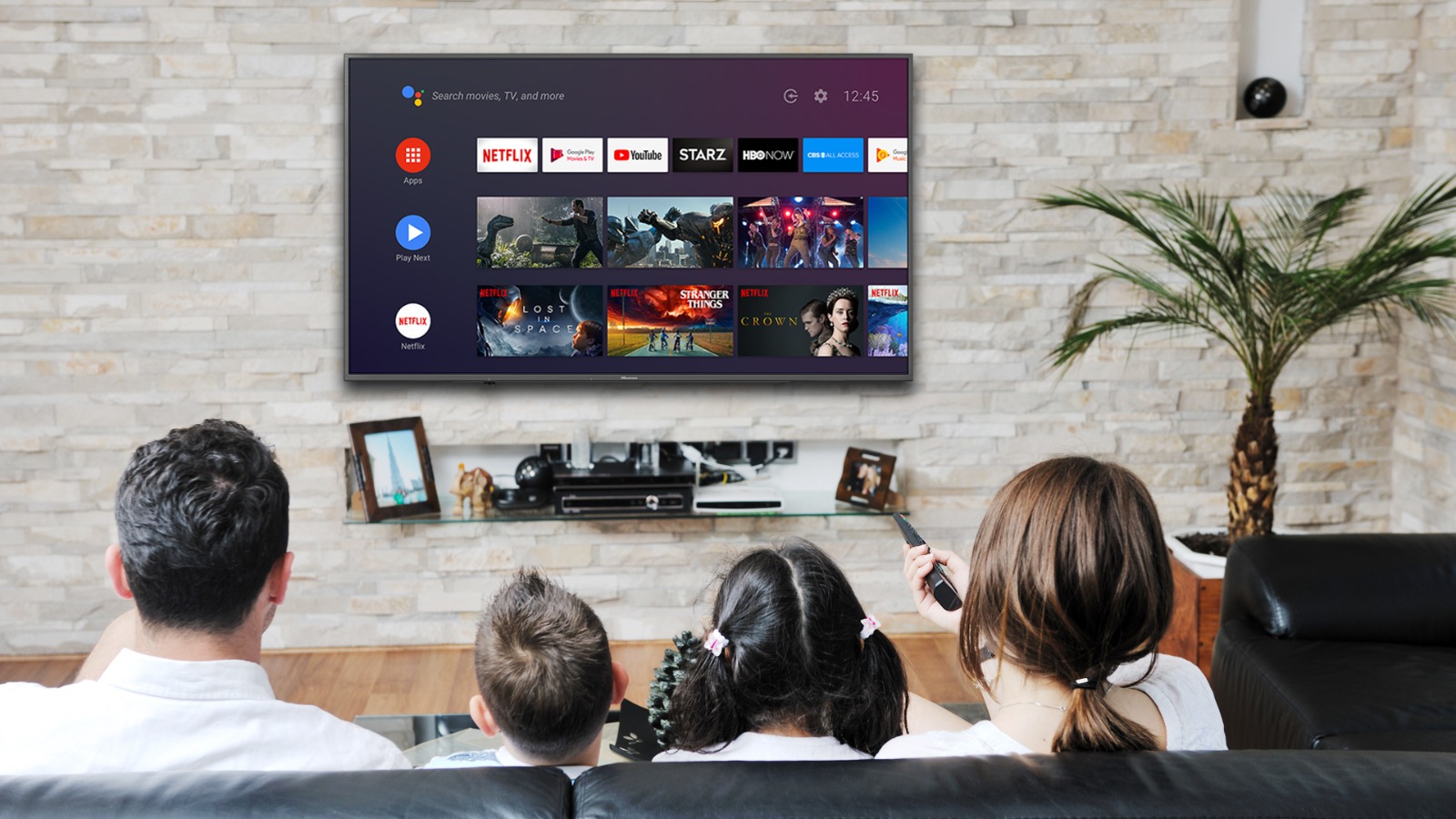Understanding the Real Estate Model Dubai
When discussing the real estate model Dubai, it is essential to understand the intricate interplay between physical representations and market mechanisms. A real estate model serves as a critical tool for investors, developers, and buyers, offering a tangible perspective on property developments before they materialize. This article delves into the conceptual frameworks and practical applications of real estate modeling within the dynamic context of Dubai’s ever-evolving real estate sector.
What is a Real Estate Model?
A real estate model typically refers to a physical or virtual representation of a property development project. It encompasses architectural designs, layouts, and essential facilities that provide stakeholders with a visual framework of the development process. These models can be made from various materials, including plastic, wood, and digital formats. Importantly, they can capture not just structural details but also the surrounding environment, future amenities, and infrastructural landscapes.
Importance of Physical Models in Real Estate
Physical models play a crucial role in real estate development for several reasons. First, they allow architects, developers, and investors to visualize projects, making it easier to communicate ideas to potential partners or stakeholders. For example, high-quality models can enhance presentations to attract financing or regulatory approvals. Beyond aesthetic value, models serve practical purposes, revealing possible design flaws and ensuring efficient space utilization early in the planning process. They can also help negotiate better deals by providing visual validation of the project’s potential in terms of return on investment (ROI).
Types of Real Estate Models Commonly Used
There are several types of real estate models prevalent in the industry today:
- Architectural Models: These scale models are used to represent buildings or developments accurately, often showcasing architectural details that enhance understanding for investors and consumers.
- Environmental Models: These focus on the impact of developments within their surrounding ecosystems, including nearby infrastructure, green spaces, and community features.
- 3D Digital Models: Utilizing advanced software, these models allow for interactive presentations and virtual tours, which can significantly enhance stakeholder engagement.
- Mixed-Use Development Models: These are specifically tailored for projects that combine residential, commercial, and public spaces, ensuring holistic planning and design.
The Evolution of Dubai’s Real Estate Sector
Dubai’s real estate landscape has undergone significant transformations over the past few decades, influenced by economic shifts, technological advancements, and changing investor preferences. Understanding this historical trajectory is essential for grasping current trends and future directions in the industry.
Historical Context of Real Estate in Dubai
Before delving into recent developments, it’s crucial to acknowledge the historical context within which Dubai’s real estate evolved. The late 20th century saw Dubai transition from a small fishing village into a global hub for commerce and tourism. The government’s deliberate focus on diversified economic growth, initiated by the Dubai Strategic Plan 2015 and later the Dubai Plan 2021, paved the way for extensive urban development projects and investments in infrastructure that shaped the current skyline of Dubai.
Recent Trends and Developments in Dubai Real Estate
Dubai’s real estate market has exhibited a remarkable evolution characterized by several notable trends:
- Shift to Sustainability: Recent initiatives have focused on sustainability, pushing developers to create eco-friendly buildings that comply with global environmental standards.
- Increased Foreign Investment: With liberal investment laws and initiatives to attract global investors, Dubai has seen a surge in demand for luxury properties from expatriates and international buyers.
- Technological Integration: The adoption of smart technologies in property management, real estate transactions, and consumer engagement processes has significantly improved efficiency.
- Push for Affordable Housing: In response to market demands and social equity principles, efforts are being made to boost the supply of affordable housing.
Comparative Analysis with Global Markets
When comparing Dubai’s real estate market to other global markets, several key distinctions arise:
- Market Stability: Unlike some other markets that are heavily influenced by economic cycles, Dubai’s real estate has shown resilience, supported by diversified economic growth strategies.
- Regulatory Framework: The Dubai Land Department has implemented robust regulations that foster transparency and protect investor rights, making it attractive compared to other regions experiencing legal ambiguities.
- Luxury Market Demand: The city’s luxurious offerings have positioned it uniquely against competitors like Hong Kong and Singapore, particularly within the high-end segment.
Factors Driving Real Estate Development in Dubai
The success and growth of the real estate sector in Dubai can be attributed to several key driving factors. Understanding these elements is essential for investors looking to navigate this vibrant market.
Investment Opportunities in Dubai
Dubai presents diverse investment opportunities, particularly in areas including:
- Luxury Residential Properties: There is an increasing demand for high-end villas and apartments, largely driven by affluent expatriates and foreign investors.
- Commercial Real Estate: The attraction of businesses relocating or expanding in Dubai contributes significantly to the demand for office spaces and retail outlets.
- Tourism-Related Developments: The government’s plans to increase tourism numbers make hospitality development an enticing avenue for investment.
Government Policies Supporting Real Estate Growth
In recent years, the Dubai government has introduced various policies designed to bolster real estate growth:
- Ownership Regulations: Changes allowing 100% foreign ownership in certain sectors have opened the door to international investors.
- Visa Reforms: Legislative changes related to long-term residency visas for investors and retirees have made Dubai a more attractive destination to settle and invest.
- Supporting Infrastructure Projects: Investments in infrastructure, including transportation and utilities, ensure that properties maintain their value and appeal, which directly influences market growth.
Role of Foreign Investment in Luxury Developments
Foreign investors play a pivotal role in fueling the demand for luxury developments across Dubai. The privileged access to high-end properties, coupled with favorable investment climates, positions Dubai as a prime location for affluent buyers:
- Market Diversity: With investors from Asia, Europe, and the Americas, the real estate market benefits from a diverse pool of capital and interest rates.
- Luxury Lifestyle Appeal: Dubai’s status as a luxury hub, with amenities such as world-class dining, shopping, and entertainment, makes it a desirable location for wealthy individuals.
- Stable Regulations: The assurance of a transparent and secure property market further enhances foreign investments, particularly in high-value projects.
Best Practices for Creating Real Estate Models
Creating effective real estate models is essential for successfully conveying project visions and attracting investors. Following best practices ensures that models serve their purpose effectively.
Designing Effective Real Estate Models
Effective design is key to good real estate models. Important considerations include:
- Scale and Proportions: Models should accurately reflect the proportions of buildings and layouts, ensuring that viewers can grasp the spatial dynamics.
- Detailing: Including key details that may influence buyer decisions, such as surrounding amenities and access routes, can add significant value.
- Interactivity: Incorporating elements that allow for interaction can enhance the viewer experience and engagement levels.
Using Technology in Model Creation
Advancements in technology, particularly in 3D modeling and rendering software, have revolutionized the process of creating real estate models. Notable tools include:
- Virtual Reality (VR): VR technology allows potential buyers to take immersive tours of properties, providing a unique perspective on developments.
- 3D Modeling Software: Programs like Revit or SketchUp facilitate the creation of detailed models that can be easily manipulated and presented to stakeholders.
- Drones: Drones can be used to capture aerial images or videos of the development sight, giving a broader context of the project’s surroundings.
Case Studies of Successful Real Estate Models in Dubai
Examining successful case studies can provide insights into effective strategies for developing impactful real estate models:
- Dubai Creek Tower: This iconic model showcased the tower’s potential impact on Dubai’s skyline and helped secure significant investment.
- The Dubai Mall Expansion: By presenting comprehensive models of newly proposed sections, stakeholders were able to visualize the increase in consumer space and engagement.
- Dubai Marina Developments: Detailed models of luxury property projects helped attract high-net-worth individuals looking for premium real estate.
Future of Real Estate Models in Dubai
The future of real estate modeling in Dubai is poised for rapid evolution, driven by emerging trends and expectations of stakeholders.
Emerging Trends in the Real Estate Market
As the market continues to evolve, several trends are likely to shape the future of real estate modeling:
- Integration of AI: The use of artificial intelligence in modeling processes could enhance predictive analytics related to market demands and consumer preferences.
- Greater Focus on User Experience: Developers will increasingly prioritize end-user experiences in their models, ensuring that they convey the living quality of the spaces.
- Collaborative Modeling Practices: Shared models that allow for collaborative input from architects, developers, and potential buyers can optimize property planning.
Impact of Sustainability on Real Estate Development
Sustainability is expected to be a cornerstone of future real estate developments. This is likely to reflect in modeling approaches through:
- Incorporation of Green Solutions: Models may increasingly represent sustainable building materials and eco-friendly designs.
- Emphasis on Community Impact: Future models could showcase how developments will benefit local communities economically and environmentally.
- Smart Technology Integration: A focus on smart tech solutions within developments, including energy-efficient designs, will be paramount.
Predicted Innovations in Model Presentation
Innovations in presentation techniques are expected to enhance stakeholder engagement:
- Augmented Reality (AR): Offering patrons interactive experiences, AR could allow clients to visualize changes in real-time.
- Enhanced Visualization Techniques: Innovations will allow for even more detailed and immersive presentations of properties, potentially utilizing holographic technology.
- Real-time 3D Printing: As 3D printing becomes more accessible, creating rapid prototypes of developments for physical viewing could become a standard.



